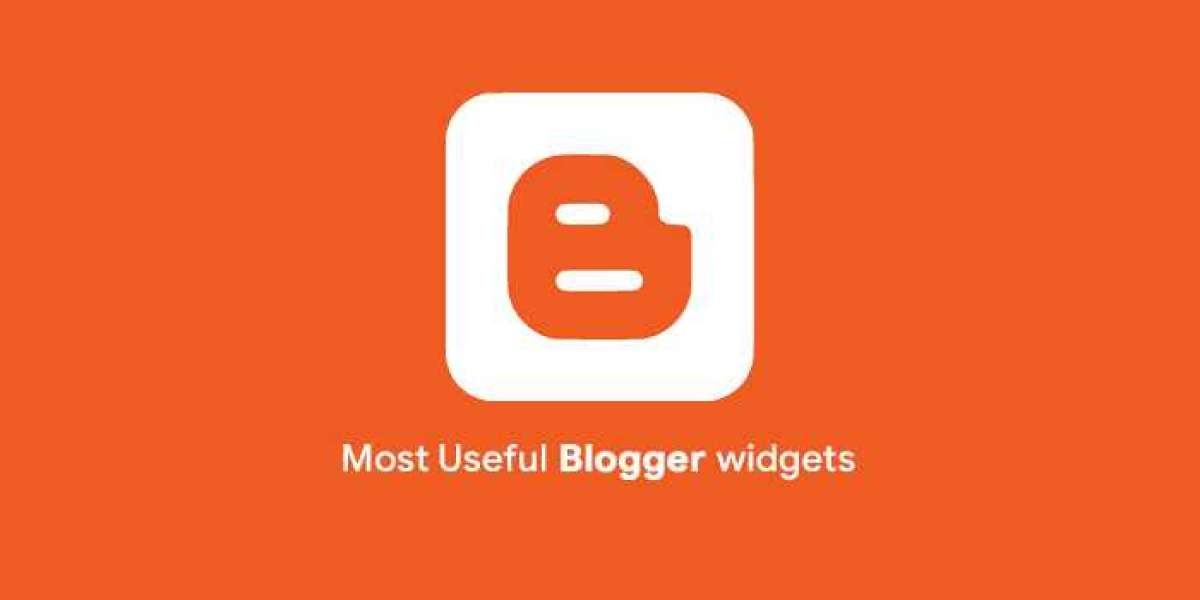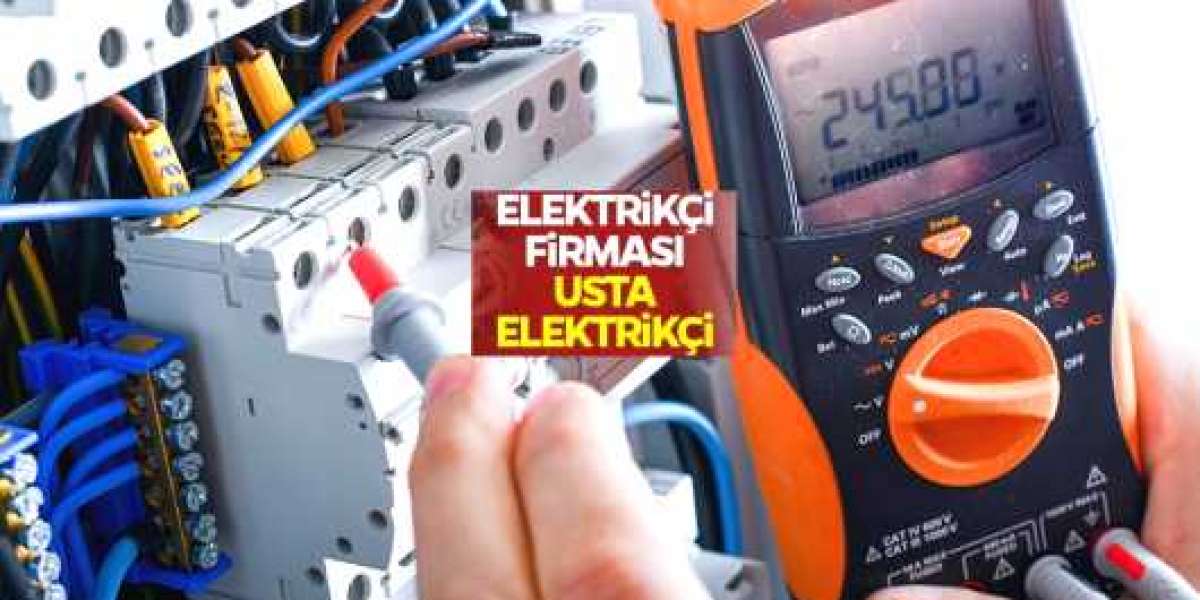Blogger has been a favorite of new and professional bloggers since its launch. Of course, a basic question when using Blogger is whether it allows plugins. Plugins improve functionality and user experience. So, they're a given in most content management systems, like WordPress. Let's delve into the availability and alternatives of plugins on Blogger.
Plugin support on Blogger
Blogger misses built-in plugin integration, a capability WordPress naturally possesses. WordPress is open source. So, hundreds of thousands of users and developers work on plugins. This means you can do anything by installing a plugin. Blogger lacks this functionality. It is in a more controlled, Google-run environment. It does not mean you cannot extend your Blogger site. You can't install third-party plugins directly. You can extend your Blogger site's functions in other ways.
Gadgets: Blogger's Alternative to Plugins
Blogger, instead of having plugins, has "Gadgets." Really, gadgets are just mini applications or widgets you can put on your blog to do certain things. You can find these within the Blogger dashboard under the area called "Layout." From there, you can add any number of different gadgets to various areas of your blog.
Some popular gadgets include:
HTML/JavaScript Gadget: This lets users add their own HTML or JavaScript code. It can embed forms or include third-party services.
Popular Posts: This is a list of a blogger's most popular posts. It is based on the number of views.
Blog Archive: A table of contents for one's posts, organised by date.
Follow by Email: This gadget lets visitors subscribe to a blog via email.
Labels: display a list of your blog's labels (tags) that assists with navigation.
These gadgets are not as extensive as WordPress plugins. But, you can still add much to enhance your blog.
Customising with HTML, CSS and JavaScript
With some coding skills, HTML, CSS, and JavaScript can enhance Blogger. However, the most powerful tool here is the HTML/JavaScript gadget. It can add any type of custom features. You can integrate third-party tools with embedded custom code. This includes social media feeds, contact forms, and external commenting systems like Disqus.
You can also edit the HTML of the whole blog template itself. This allows full customization beyond the default themes that Blogger has on offer. You can edit the template's HTML, CSS, and JavaScript. This will give it a unique look and feel. It will also improve the user experience with advanced features.
Third-Party Services Integration
You can also boost your Blogger site's potential with third-party services. Most online services will offer embed codes for your Blogger site.
Examples include:
Google Analytics: track and analyze your blog traffic by adding its tracking code.
Mailchimp: embed email subscription forms and manage your mailing list.
Comment Systems: Integrate third-party systems like Disqus. They replace Blogger's native comments.
Conclusion
Blogger is less flexible with plugins than WordPress. But, it offers other ways to enhance your blog. Use gadgets, custom HTML/JavaScript, and third-party integrations. You can add most plugin features. So, Blogger is a good platform. It balances ease of use with customization. Its ease, and advanced customizability, make it a top choice for many bloggers.




